Monthly Archives: January 2025
SOURCE: AFI


In a move to reinforce its military capabilities along the tense border with India, Chinese troops stationed on the Tibetan plateau are now equipped with enhanced oxygen supplies. This initiative comes as part of broader efforts to improve equipment, training, and logistics in the region, according to a report by the PLA Daily, the official newspaper of the People’s Liberation Army.
The military has established a 20-kilometer (12.4 miles) supply zone aimed at boosting operational efficiency at high-altitude border outposts. Liu Hao, who commands a border regiment in the Hotan military subdistrict at an elevation of 5,380 meters (17,700 feet), highlighted the significance of this development. “Faster and more reliable oxygen access is critical for our soldiers’ health and combat readiness,” Liu told the PLA Daily.
Continue readingSOURCE: AFI


In a significant move to bolster military preparedness along the volatile border with China, the Environment Ministry of India has recently approved the establishment of multiple Formation Ammunition Storage Facilities (FASF) in Eastern Ladakh. This decision aims to enhance operational readiness and significantly reduce the time required for ammunition withdrawal, thereby strengthening the strategic position in the region.
Eastern Ladakh has been a focal point of military tension since the standoff in 2020, where both India and China have increased their military presence along the Line of Actual Control (LAC). The region’s harsh terrain and high-altitude conditions make logistics and ammunition management particularly challenging. The new FASFs are set to address these issues by providing storage closer to potential conflict zones.
Continue readingSOURCE: AFI


On January 9, 2025, India took a significant step towards strengthening its defense relations with Kazakhstan during a highly anticipated Defence Industry Seminar held in Astana. The event, organized by the Embassy of India in Kazakhstan, in collaboration with Kazakhstan Engineering and the Ministry of Defence of Kazakhstan, was a key moment for both nations to explore deeper cooperation in the defence sector.
The seminar, which focused on the promotion and potential of Indian-made weapons and defense technology, served as a platform to brief Kazakhstan about India’s growing defense capabilities. His Excellency Dr. TV Nagendra Prasad, India’s Ambassador to Kazakhstan, played a central role in the seminar, underscoring the importance of enhancing defense ties between the two countries.
Continue readingSOURCE: IDRW.ORG
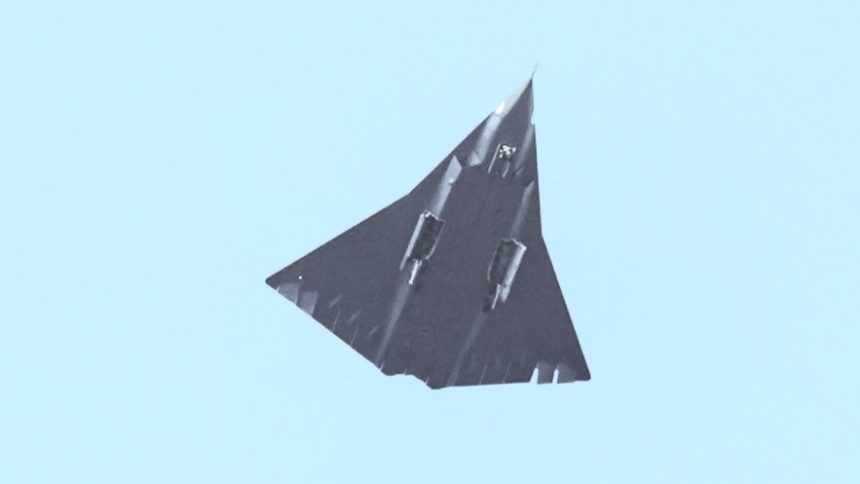

In recent months, reports of China’s development of a 6th-generation fighter jet have raised concerns among defence analysts and military experts, especially in countries like India. However, according to a senior official of the Indian Air Force (IAF) speaking to idrw.org, these concerns might be premature, given that China’s touted 6th-gen aircraft is still powered by the WS-10C engine, a 4th-generation jet engine. While China’s ambitious plans to develop next-generation fighter jets are undeniably significant, the reliance on an older engine technology for their 6th-gen fighter represents a crucial technological gap that the IAF can take advantage of.
The WS-10C engine, which powers China’s current 5th-generation fighters such as the J-20 and is expected to feature in their 6th-gen fighter jet, is a 4th-generation engine. This means that despite the advanced airframe and futuristic features expected from China’s 6th-gen fighter, it is still limited by the performance constraints of its engine. The WS-10C is an improved version of earlier Chinese engines, and while it has been crucial in enhancing the performance of China’s existing fleet, it does not meet the high-performance standards required for a true 6th-generation fighter. This gap in engine technology could hinder the aircraft’s ability to deliver on the promises of next-generation capabilities, including supercruise, hypersonic speeds, and sustained high-speed flight—all of which are essential features for future air superiority.
Continue readingSOURCE: IDRW.ORG


In a significant move towards bolstering innovation in the aerospace sector, Tata Elxsi, a global leader in design and technology services, has signed a Memorandum of Understanding (MoU) with the CSIR-National Aerospace Laboratories (CSIR-NAL). This partnership aims to delve into groundbreaking areas like Unmanned Aerial Vehicles (UAVs), Urban Air Mobility (UAM), and electric vertical take-off and landing (eVTOL) aircraft, as announced by Tata Elxsi in a company filing on January 7.
The collaboration, dubbed ‘Strategic Partnership for Advanced Air Mobility’, seeks to leverage the profound aeronautical knowledge of CSIR-NAL alongside Tata Elxsi’s prowess in technology and design to serve both the global and Indian markets. This alliance is poised to accelerate the development of cutting-edge air mobility solutions, positioning both entities at the forefront of aerospace innovation.
Continue readingSOURCE: AFI
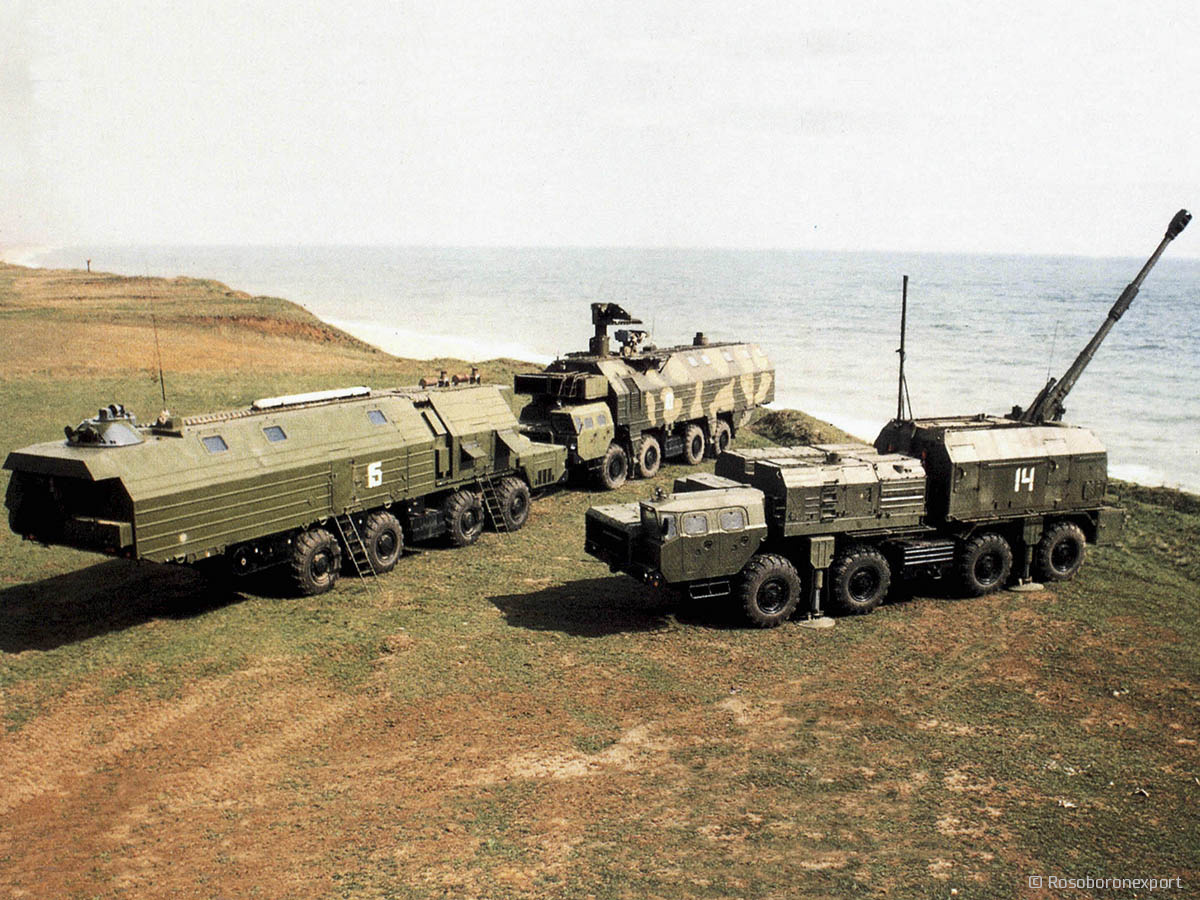

In a significant shift towards bolstering its coastal defense capabilities, the Indian Navy is reportedly considering the procurement of more advanced 155mm Howitzer guns. This move aims at enhancing low-cost anti-ship and coastal defense operations, particularly for engaging near-shore targets, marking a departure from the currently deployed 105mm Light Field Guns.
The Indian Navy’s current setup for coastal artillery includes the 105mm Light Field Gun, which has served its purpose but lacks the range and firepower necessary in modern naval warfare scenarios. These guns, while effective in their time, do not match the extended reach or the punch required to counter contemporary threats from surface ships or to provide robust defense along India’s extensive coastline.
Continue readingSOURCE: AFI


India’s strategic defense community is expressing caution regarding the recent French offer to co-develop an engine for the Advanced Medium Combat Aircraft (AMCA) program. This skepticism stems from past experiences with French aerospace giant Safran, previously known as Snecma, in a collaboration that proved largely unproductive.
In the late 2010s, India embarked on a journey to upgrade its indigenous Kaveri engine through a partnership with Snecma. The aim was to enhance the engine’s performance, particularly for use in the Tejas Light Combat Aircraft (LCA). However, after four years of discussions, the collaboration was mired in challenges, primarily due to Snecma’s reluctance to share pivotal technologies.
Continue readingSOURCE: AFI
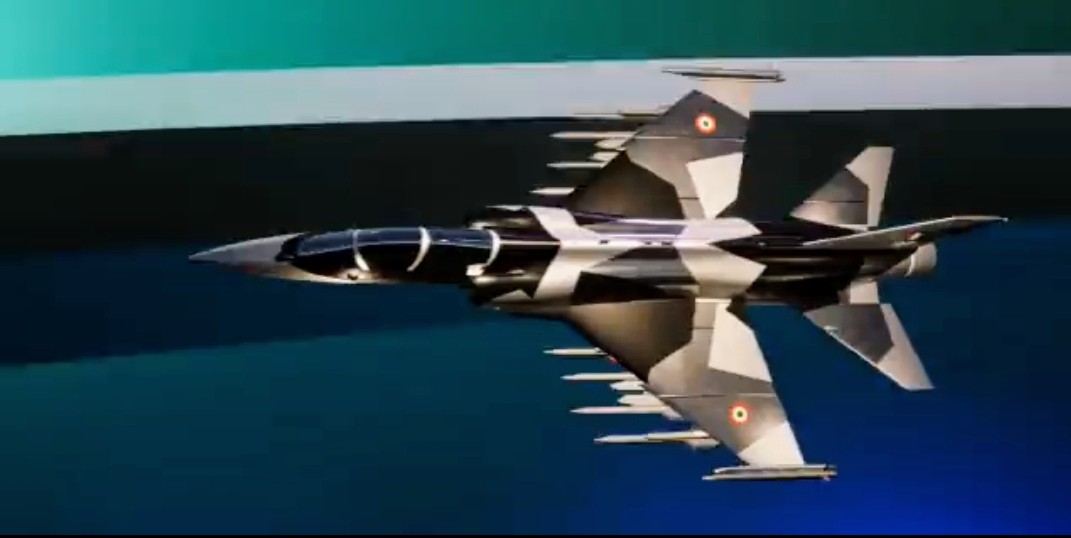

India’s Hindustan Aeronautics Limited (HAL) has been a prominent player in the development of indigenous defense technologies, including the Light Combat Aircraft (LCA) Tejas, which has gained significant recognition. HAL’s proposed new aircraft, the HLFT-42 (Hindustan Lead-in Fighter Trainer), is designed to serve as a supersonic trainer and light fighter aircraft. While the aircraft is still in its conceptual phase, it is expected to play a pivotal role in providing advanced training to pilots before transitioning to more complex fighter jets.
However, the HLFT-42 could face substantial challenges in the global defense export market. The emergence of cheaper, more advanced supersonic fighter trainers, such as the T-7 Red Hawk from Boeing and Hurjet from Turkey, presents a formidable threat to the HLFT-42’s success in international markets.
Continue readingSOURCE: AFI
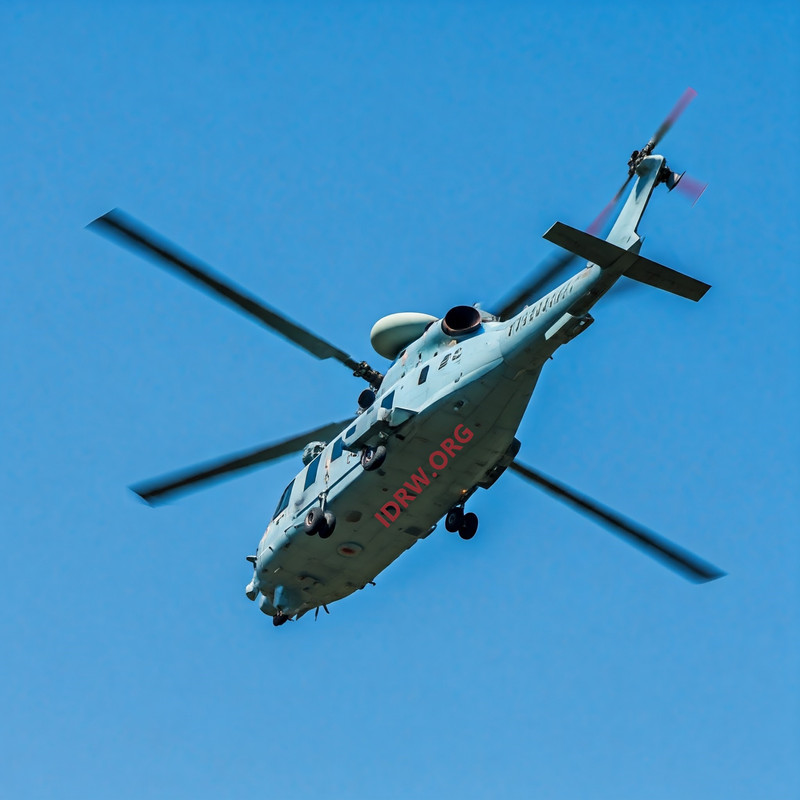

The Deck-Based Multi-Role Helicopter (DBMRH) is set to revolutionize India’s naval aviation capabilities as a specialized naval variant of the Indian Multi-Role Helicopter (IMRH). Designed to meet the diverse operational requirements of the Indian Navy, the DBMRH will incorporate advanced technology, including a planned Airborne Early Warning (AEW) variant equipped with a state-of-the-art radar system. This radar system’s technical specifications promise to enhance situational awareness and operational efficiency.
The DBMRH’s AEW variant, equipped with this advanced radar, will serve as a force multiplier for the Indian Navy. It will enable the detection and tracking of airborne and surface threats, support maritime domain awareness, and provide early warning of potential adversarial activity. These capabilities will significantly enhance fleet protection, maritime surveillance, and network-centric warfare.
Continue readingSOURCE: AFI


In an intriguing blend of traditional ingenuity and modern warfare, the Indian Army has introduced tractor-mounted Anti-Tank Guided Missiles (ATGMs), igniting debates on platforms like X about whether this is a case of resourceful ‘Jugaad’ or a strategic move to evade drone detection in potential border conflicts.
The term ‘Jugaad’—Hindi for an innovative fix or a makeshift solution—has often been used to describe India’s knack for improvisation, particularly in challenging scenarios with limited resources. The use of farm tractors to mount ATGMs is seen by some as a reflection of this philosophy. With the Indian military facing budget constraints and delays in procuring state-of-the-art armored vehicles, the tractor-based system represents a cost-effective, quick-to-deploy solution. This approach allows the army to enhance its anti-tank capabilities without the need for extensive investment in new military hardware.
Continue readingSOURCE: RAUNAK KUNDE / NEWS BEAT / IDRW.ORG
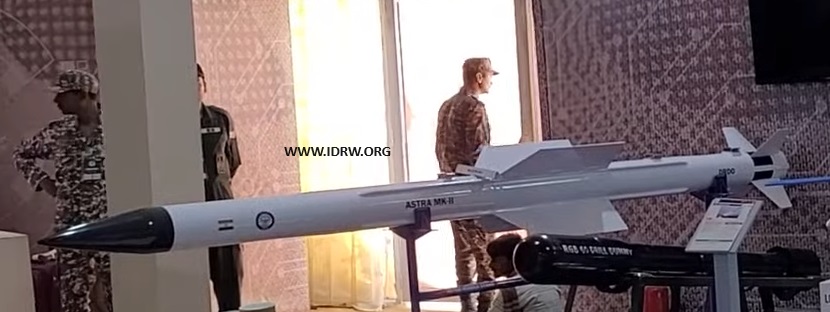

India’s Defence Research and Development Organisation (DRDO) is making significant strides in the development of its next-generation Beyond Visual Range Air-to-Air Missile (BVRAAM), commonly referred to as the Astra MkIII. Building on the success of its predecessors, the Astra MkI and MkII, this new variant aims to enhance India’s air combat capabilities by incorporating cutting-edge technology and achieving longer engagement ranges.
The Astra MkIII introduces a ramjet engine, a propulsion system that provides sustained thrust over longer distances, enabling the missile to maintain high speeds and manoeuvrability during mid-course flight. DRDO has completed successful ground trials of the missile system and is now preparing for air trials using the Su-30MKI as the testbed platform.
Continue readingSOURCE: RAUNAK KUNDE / NEWS BEAT / IDRW.ORG


The Indian Air Force (IAF) is actively seeking to collaborate with domestic private sector companies to secure the future of its Mirage 2000 fleet by focusing on the local manufacturing of spares for the SNECMA M53 engine. This engine, an afterburning turbofan developed by Snecma (now part of Safran Aircraft Engines) for the Dassault Mirage 2000, is crucial for sustaining the operational capability of the IAF’s Mirage-2000 aircraft until at least 2035.
The Mirage 2000, a multi-role fighter jet, has been a significant asset for the IAF since its induction in the 1980s. The SNECMA M53 engine powers these aircraft, offering versatility and high performance with its thrust capabilities. With plans to maintain the fleet operational for another decade, the IAF’s strategy includes ensuring a steady supply of engine spares and wearables, which are essential for regular maintenance and operational readiness.
Continue readingSOURCE: RAUNAK KUNDE / NEWS BEAT / IDRW.ORG


In a significant move to bolster regional connectivity within India, the Ministry of Aviation has convened round table discussions with representatives from numerous Indian airline companies. The consensus from these meetings supports the development of an Indigenous regional aircraft designed for short-haul flights, with a range capability of 600-800 kilometres. This initiative reflects a broader strategy to expand India’s Regional Connectivity Scheme (RCS) under the UDAN (Ude Desh ka Aam Nagrik) program.
The absence of a government-owned airline has shifted the onus onto private-sector airline companies to help shape this initiative. According to sources speaking to idrw.org, there’s strong backing from these airlines for a made-in-India solution that can cater to the unique demands of regional air travel in the country.
Continue readingSOURCE: AFI
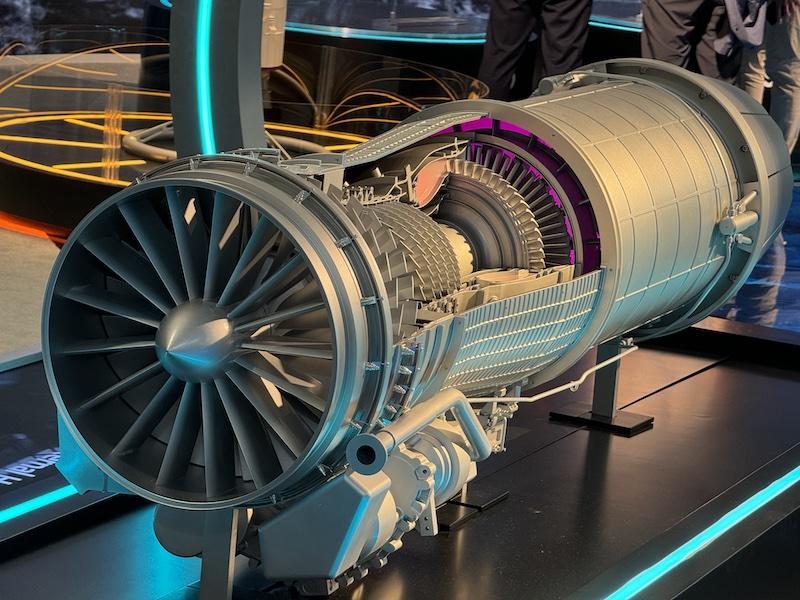

South Korea has embarked on an ambitious journey to develop its own jet engine technology for the KF-21 Boramae fighter jet, marking it as a national mission. This initiative is not only a testament to their commitment to technological self-reliance but also includes significant governmental support through tax exemptions for the project. This strategic move is aimed at reducing dependency on foreign technology, particularly from the United States, where South Korea currently sources engines like the GE F414 for its aircraft.
The decision to develop indigenous jet engines has been bolstered by a substantial investment of approximately $2.2 billion, highlighting the nation’s resolve to become a key player in aerospace technology. By designating the engine development as a strategic project, South Korea ensures that the project receives financial incentives, thereby fostering innovation and local industry growth.
Continue readingSOURCE: AFI


In a forthright interview with ANI, retired Air Marshal Dilip Kumar Patnaik has sharply criticized the acquisition of Predator Unmanned Aerial Vehicles (UAVs) by India, labeling them as “costly toys” unsuitable for operations in contested airspace. His comments bring to light significant concerns regarding the strategic and tactical utility of these drones in light of India’s regional security challenges.
Patnaik, who has a distinguished career including command over major military operations, argued that the Predator UAVs are not designed for environments where adversaries like China and Pakistan might challenge air superiority. “These drones can only be used effectively in un-contested airspace,” he stated, suggesting that their operational limitations make them vulnerable in scenarios where air defense systems are active.
Continue reading